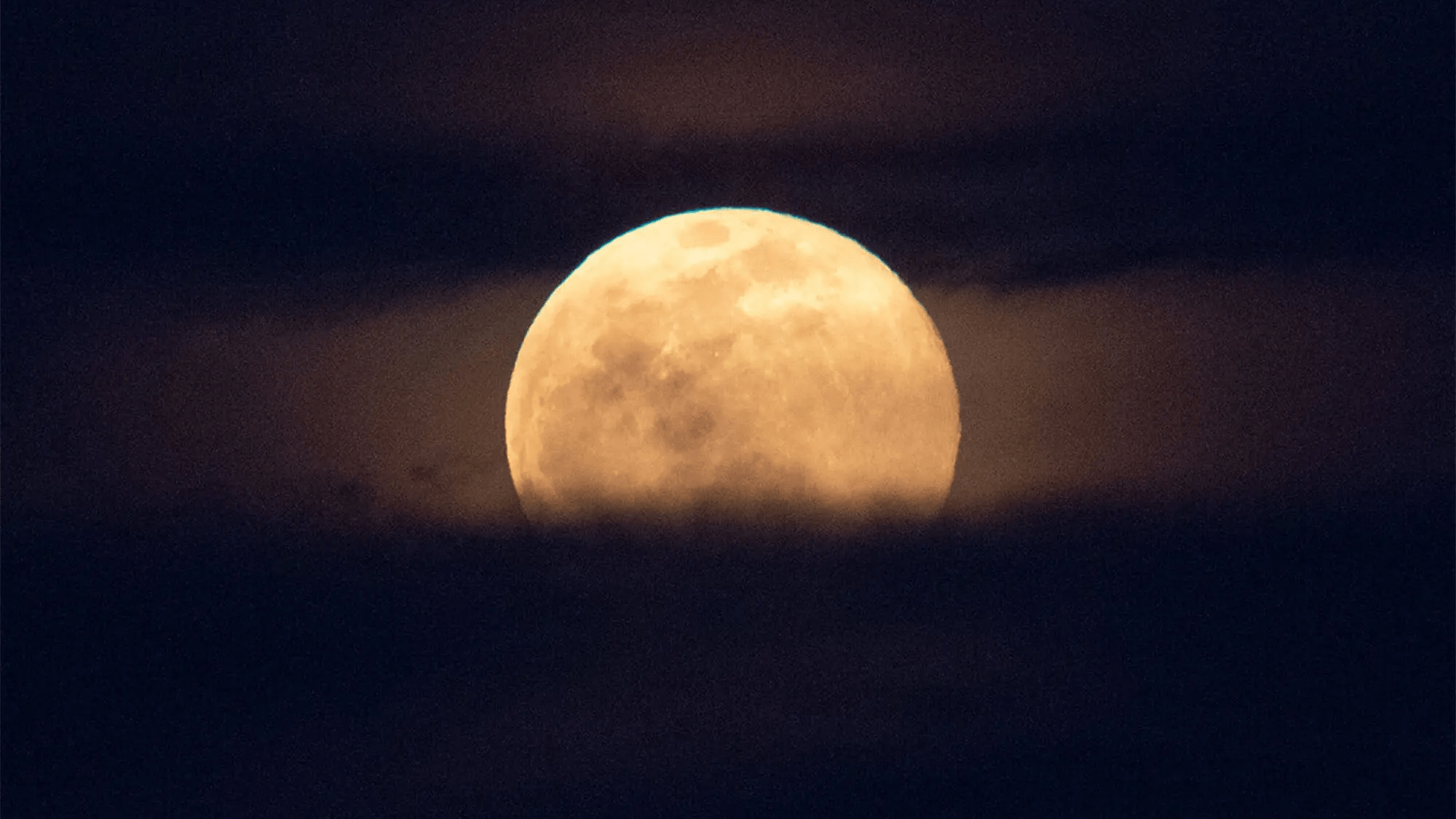

| June 1 and 2 | Mars Passes Through Beehive Star Cluster |
| June 3 and 4 | Full Strawberry Moon |
| June 21 | Summer Solstice |
| June 27 | Bootid Meteor Shower Maximum |
Those of us in the Northern Hemisphere are enjoying the longest daylight hours of the year ahead of the summer solstice, and across the world many may even be able to see a unique sunspot on the surface of our favorite star. Summer stargazing season is quickly approaching, but summer skies can be hazy which makes some celestial events difficult to see. But there is still plenty to see in the mild night skies this June. Here are some events to look out for and if you happen to get any stellar sky photos, tag us and include #PopSkyGazers.
[Related: The Strawberry Moon, explained.]
June 1 and 2- Mars passes through Beehive star cluster
To kick off the month, Mars will be passing through a star cluster called the Beehive cluster or M44. It’s located in the crabby constellation Cancer, and Mars will appear as a brilliant red ruby surrounded by sparkly diamonds.
To find Mars, first look for the bright planet Venus in the western sky. The two bright stars that are strung out to one side of Venus are the constellation Gemini’s twin stars Castor and Pollux. Mars should be the reddish light just above Venus, Pollux, and Castor. Binoculars and a dark sky will help you see a smattering of stars just beside Mars.
The Beehive cluster is about 557 light-years away from Earth and is home to at least two planets.
June 3 and 4- Full Strawberry Moon
June’s full moon will reach peak illumination at 11:43 PM EDT on June 3. Just after sunset, look in the southeastern sky to watch the moon rise above the horizon. June’s full moon is typically the last full moon of the spring or the first of the summer.
The name Strawberry Moon is not a description of its color, but instead a reference to the ripening of “June-bearing” strawberries that are ready to be gathered and gobbled. For thousands of years, the Algonquian, Ojibwe, Dakota, and Lakota peoples used this term to describe a time of great abundance. Some tribal nations in the northeastern US, including the Wampanoag nation, celebrate Strawberry Thanksgiving to show appreciation for the spring and summer’s first fruits.
Other names for June’s full moon include the Gardening Moon or Gitige-giizis in Anishinaabemowin (Ojibwe), the Moon of Birthing or Ignivik in Inupiat, and the River Moon or Iswa Nuti in the Catawba Language of the Catawba Indian Nation in South Carolina.
[Related: See hot plasma bubble on the sun’s surface in powerful closeup images.]
June 21- Summer Solstice
Summer officially begins in the Northern Hemisphere at 10:58 AM EDT on June 21 which marks the summer solstice. This is when the sun travels along its northernmost path in the sky. At the solstice, Earth’s North Pole is at its maximum tilt of roughly 23.5 degrees towards the sun. It is also the longest day of the year, and you can expect roughly 16 hours of daylight on June 21 in some spots in the Northeast.
After June 21, the sun appears to reverse course and head back in the opposite direction, towards the south, until the next solstice in December.
June 27- Bootid Meteor Shower Maximum
June’s Bootid meteor shower begins on June 22, but it is expected to reach its peak rate of meteors around 7 PM EDT on June 27. The Bootid meteors should be visible when the constellation Bootes is just above the horizon. The moon will be in its first quarter phase at the shower’s peak, and will set at about 1:30 in the morning, making for minimal light interference later in the night.
June’s Bootid meteor shower was created by the comet 7P/Pons-Winnecke and expected to last until July 2.
The same skygazing rules that apply to pretty much all space-watching activities are key this month: Go to a dark spot away from the lights of a city or town and let the eyes adjust to the darkness for about a half an hour. Then, just sit back and let the summer skies dazzle.
